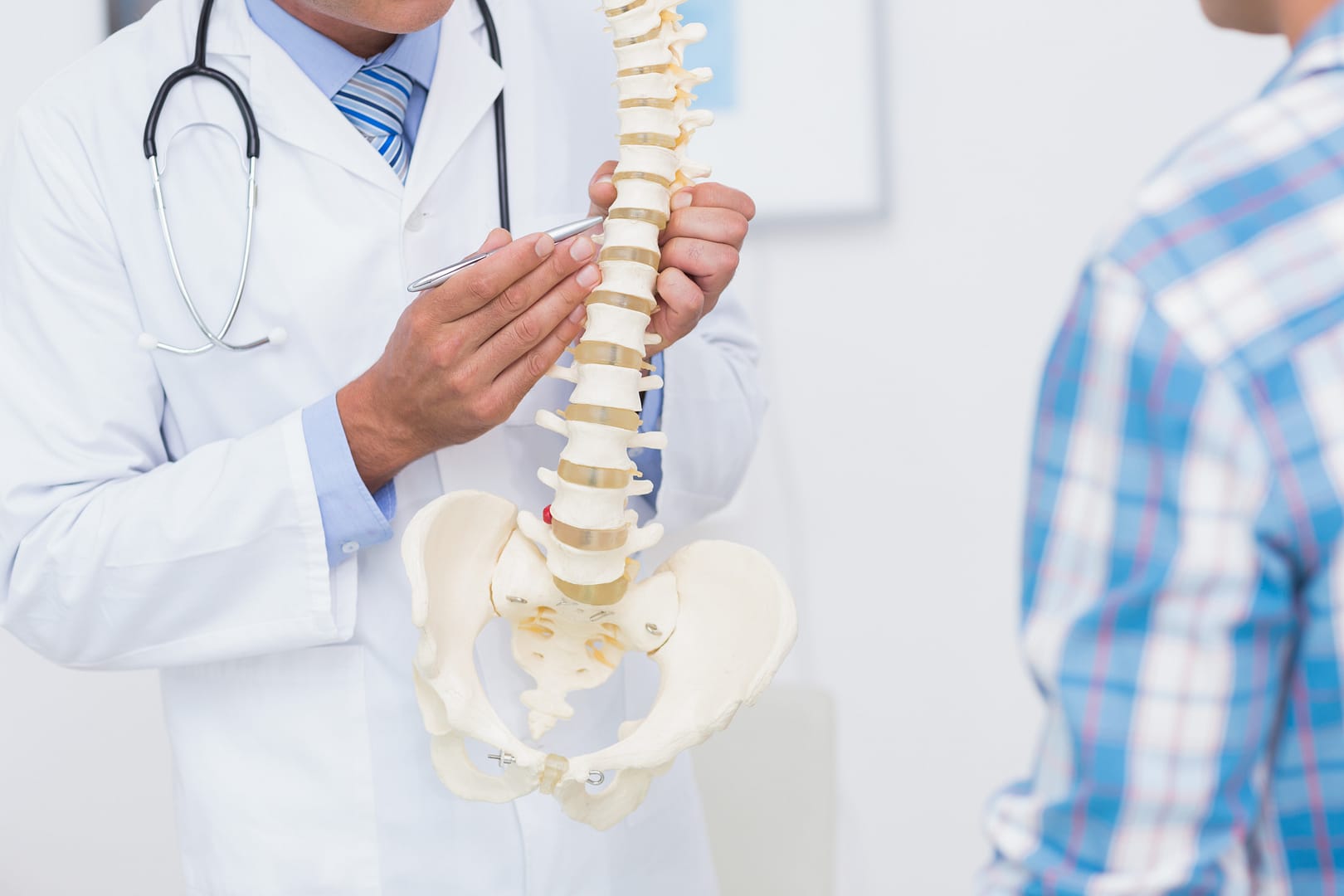Degenerative Disc Disease: Risk Factors and Prevention
Contrary to its name, degenerative disc disease is not a disease at all. It is a condition related to the normal wear and tear that spinal discs endure as you age. Spinal discs work as shock absorbers for the bones in the spine. Young, healthy spinal discs are made up of mostly water and allow for bending and flexibility. As you age, your discs lose water and become thinner, making them more susceptible to the pain associated with degenerative disc disease.
Symptoms of this condition include:
- Continuous pain
- Flare-ups that come and go with more intense pain
- Sharp, stabbing or radiating pain
- Pain when lifting, bending, or twisting
- Reduced pain when frequently changing positions or laying down
- Reduced pain when walking or even running
Degenerative disc disease is a naturally occurring condition. However, there are several risk factors that may lead to a greater chance of excessive disc degeneration and the painful symptoms associated with it.
Risk Factors:
- Age: The number one contributing risk factor for this disease is age. As you age, your discs naturally lose water. This causes them to become less effective at absorbing shocks and more susceptible to damage and degeneration. With time, everyone will experience degeneration of their discs at different levels. While aging is beyond all of our control, there are many lifestyle factors that we do have a say over.
- Smoking: The chemicals in cigarette smoke prevent the spinal discs from being able to absorb essential nutrients from the body’s blood supply. This effectively dries out the discs, making you prone to degenerative disc disease and even herniated discs.
- Intense physical labor: Years of intense physical labor that involves excessive heavy lifting or pulling can speed up disc degeneration. Consistent, intense labor leads to added stress on the discs.
- Sedentary lifestyle: People who maintain an inactive lifestyle are likely to experience more back pain more than active individuals. Excessive sitting can put stress on the lower spinal discs and cause them to break down at a faster rate.
- Sports activities: Prolonged participation in sports activities contributes to the degeneration of spinal discs. Repeated impacts on the spine as a result of running, playing football, or other sports can break down or tear the discs.
- Obesity: Excessive body weight places unnecessary stress on the spine and pelvis, which contributes to back pain. Obesity can cause the spine to curve in an unnatural way, leading to an awkward posture and damaged discs.
- Previous injuries: History of back problems such as a herniated disc may lead to faster degeneration. Once a disc is injured, it is likely to degenerate faster due to lack of blood supply and nutrients.
- Genetics: Another risk factor that is beyond your control is genetics. If someone in your family has had symptoms of disc degeneration, it is not unlikely for you to experience the condition as well at some point.
Prevention:
Since you cannot control your age or genes, prevention tips for degenerative disc disease stem from lifestyle changes.
- Quit smoking: The best thing you can do to help keep your spine healthy is to quit smoking. Smoking is the most significant contributor to degenerative disc disease besides age and genetics.
- Safety equipment: If your job or leisure activities are placing excess stress on your spine, be sure to take extra precautions with proper safety equipment.
- Maintain an overall healthy lifestyle: A healthy diet, weight, and exercise routine will lead to increased spine health and general wellbeing. Spine exercises like yoga, pilates, and stretching are easy on your back and lead to strengthening and increased flexibility.
If you are living with back pain, call orthopedic spine expert Dr. Hooman Melamed for a personalized, holistic treatment plan (310) 574-0405.






